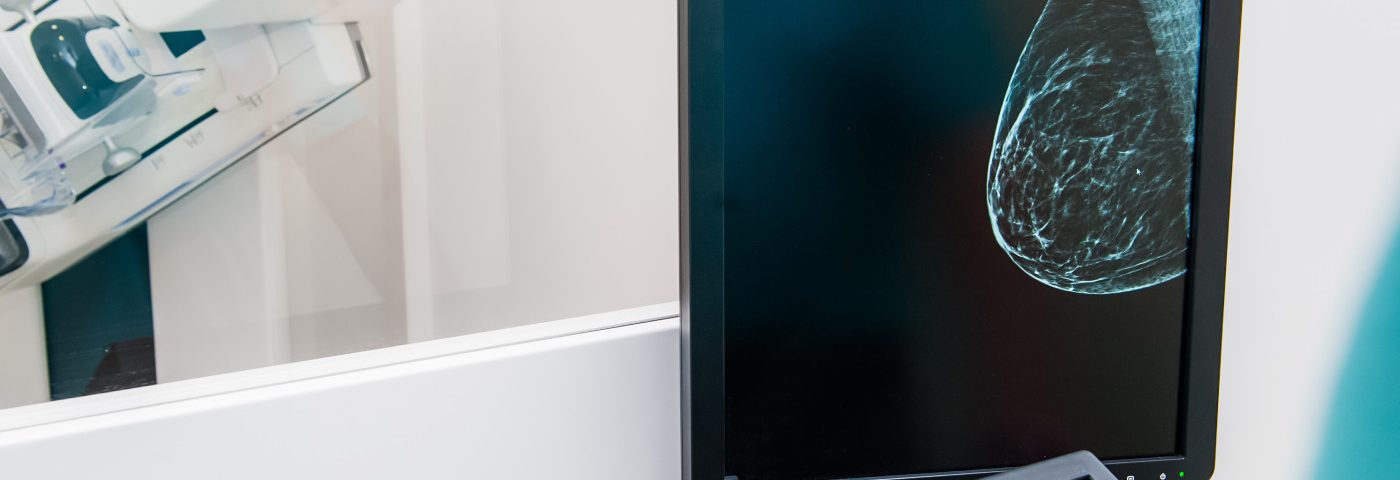The U.S. Food and Drug Administration (FDA) has proposed a set of new policies to modernize and improve the quality of mammography screenings for breast cancer. The federal agency is confident that such measures may help women facing the disease make informed decisions about their health care.
The immediate actions proposed by the FDA aim to improve two critical aspects. The first is to expand the information mammography facilities provide to patients and physicians to promote properly informed medical decisions; the second is to modernize mammography screening procedures to improve quality and safety standards.
The new policies will amend the ones issued under the Mammography Quality Standards Act of 1992 (MQSA), which were approved by Congress to ensure high quality mammography screenings for early breast cancer detection.
“Breast cancer is one of the most worrisome health concerns facing women. The FDA plays a unique and meaningful role in the delivery of quality mammography to help patients get accurate screening to identify breast health problems early, when they can be effectively addressed,” FDA Commissioner Scott Gottlieb, MD, said in a press release.
“As part of our overall commitment to protecting the health of women, we’re proposing new policies to modernize our oversight of mammography services by capitalizing on a number of important advances in mammography, like the increased use of 3-D digital screening tools and the need for more uniform breast density reporting. We’re committed to making sure patients have access to high-quality mammography. Today’s proposed rule would help to ensure patients continue to benefit from advances in new tools and robust oversight of this field,” he said.
Some of the specific measures proposed to attain both goals include:
- The addition of a breast density description to both lay and detailed medical mammography reports. Breast density is a risk factor for breast cancer and may, in some cases, affect the accuracy of mammograms;
- The addition of extra categories (e.g. “known biopsy proven malignancy”) to mammography reports that would help physicians distinguish between tumors that have already been analyzed and for which treatment may be initiated from those that have not;
- The addition of detailed information about the mammography facility in both lay and detailed medical reports to facilitate communication between patients and clinicians with the facility staff, if needed;
- Enforcing the use of FDA-approved components and clinical practices at mammography facilities to ensure the maintenance of quality and safety standards;
- Strengthening record-keeping practices to minimize the loss of important information and to facilitate access to patient clinical records.
“The FDA is committed to advancing efforts that improve the health of women. We believe the proposed rule would help empower patients and health care professionals by proposing improvements to the information facilities communicate to them, helping to facilitate the sometimes difficult conversations about potential risks for breast cancer,” said FDA Principal Deputy Commissioner Amy Abernethy, MD, PhD.
Jeff Shuren, MD, JD, director of the FDA’s Center for Devices and Radiological Health, said: “Once finalized, these proposed amendments will enhance our oversight of mammography facilities, including in the key area of enforcement and patient communication.”
“While the majority of certified mammography facilities are dedicated to providing high levels of patient care, today’s proposed regulations would enhance the FDA’s ability to communicate directly, if needed, with patients and their health care professionals in cases where facilities did not meet our quality standards and are not adequately communicating with patients about their facilities’ deficiencies. This is intended to help ensure important information that could affect decisions about patient care — such as the potential need for further evaluation or a repeat of a mammogram — is communicated as quickly as possible,” Shuren said.

